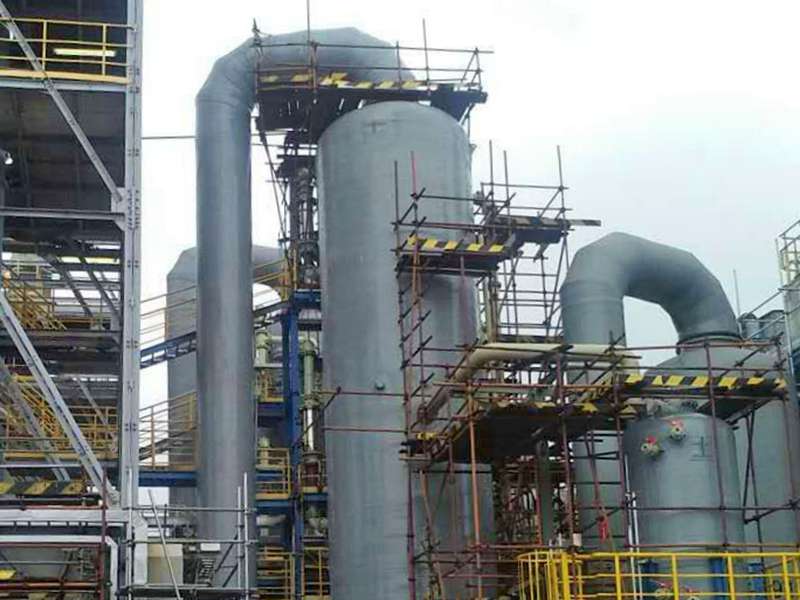
-
 Afrikaans
Afrikaans -
 Albanian
Albanian -
 Amharic
Amharic -
 Arabic
Arabic -
 Armenian
Armenian -
 Azerbaijani
Azerbaijani -
 Basque
Basque -
 Belarusian
Belarusian -
 Bengali
Bengali -
 Bosnian
Bosnian -
 Bulgarian
Bulgarian -
 Catalan
Catalan -
 Cebuano
Cebuano -
 China
China -
 China (Taiwan)
China (Taiwan) -
 Corsican
Corsican -
 Croatian
Croatian -
 Czech
Czech -
 Danish
Danish -
 Dutch
Dutch -
 English
English -
 Esperanto
Esperanto -
 Estonian
Estonian -
 Finnish
Finnish -
 French
French -
 Frisian
Frisian -
 Galician
Galician -
 Georgian
Georgian -
 German
German -
 Greek
Greek -
 Gujarati
Gujarati -
 Haitian Creole
Haitian Creole -
 hausa
hausa -
 hawaiian
hawaiian -
 Hebrew
Hebrew -
 Hindi
Hindi -
 Miao
Miao -
 Hungarian
Hungarian -
 Icelandic
Icelandic -
 igbo
igbo -
 Indonesian
Indonesian -
 irish
irish -
 Italian
Italian -
 Japanese
Japanese -
 Javanese
Javanese -
 Kannada
Kannada -
 kazakh
kazakh -
 Khmer
Khmer -
 Rwandese
Rwandese -
 Korean
Korean -
 Kurdish
Kurdish -
 Kyrgyz
Kyrgyz -
 Lao
Lao -
 Latin
Latin -
 Latvian
Latvian -
 Lithuanian
Lithuanian -
 Luxembourgish
Luxembourgish -
 Macedonian
Macedonian -
 Malgashi
Malgashi -
 Malay
Malay -
 Malayalam
Malayalam -
 Maltese
Maltese -
 Maori
Maori -
 Marathi
Marathi -
 Mongolian
Mongolian -
 Myanmar
Myanmar -
 Nepali
Nepali -
 Norwegian
Norwegian -
 Norwegian
Norwegian -
 Occitan
Occitan -
 Pashto
Pashto -
 Persian
Persian -
 Polish
Polish -
 Portuguese
Portuguese -
 Punjabi
Punjabi -
 Romanian
Romanian -
 Russian
Russian -
 Samoan
Samoan -
 Scottish Gaelic
Scottish Gaelic -
 Serbian
Serbian -
 Sesotho
Sesotho -
 Shona
Shona -
 Sindhi
Sindhi -
 Sinhala
Sinhala -
 Slovak
Slovak -
 Slovenian
Slovenian -
 Somali
Somali -
 Spanish
Spanish -
 Sundanese
Sundanese -
 Swahili
Swahili -
 Swedish
Swedish -
 Tagalog
Tagalog -
 Tajik
Tajik -
 Tamil
Tamil -
 Tatar
Tatar -
 Telugu
Telugu -
 Thai
Thai -
 Turkish
Turkish -
 Turkmen
Turkmen -
 Ukrainian
Ukrainian -
 Urdu
Urdu -
 Uighur
Uighur -
 Uzbek
Uzbek -
 Vietnamese
Vietnamese -
 Welsh
Welsh -
 Bantu
Bantu -
 Yiddish
Yiddish -
 Yoruba
Yoruba -
 Zulu
Zulu
frp desalination piping and fitting
Innovations in FRP Desalination Piping and Fittings
In recent years, the demand for fresh water has escalated dramatically, prompting many regions to turn to desalination as a viable solution. As seawater desalination plants become more prevalent, the necessary infrastructure, particularly piping and fittings, is crucial for ensuring efficient and effective operations. Among the various materials available, fiberglass reinforced plastic (FRP) has emerged as a superior choice for desalination systems due to its unique properties.
Innovations in FRP Desalination Piping and Fittings
Another advantage of FRP piping is its lightweight nature. Compared to traditional materials, FRP is considerably lighter, making transportation and installation easier and more cost-effective. This characteristic is particularly beneficial in remote or difficult-to-access locations where heavy equipment may not be feasible. Furthermore, the flexibility of FRP allows for creative and efficient piping designs, which can optimize the flow of seawater through desalination plants.
frp desalination piping and fitting

Moreover, the thermal insulation properties of FRP are notable. In many desalination processes, maintaining a specific temperature is essential for efficiency. FRP piping helps minimize heat loss during the transport of fluids, contributing to energy savings while ensuring optimal operating conditions. This energy efficiency is becoming increasingly important as global attention shifts towards sustainable practices in water management and resource conservation.
FRP also offers superior hydraulic characteristics compared to traditional materials. The smooth interior surfaces of FRP piping minimize friction loss, which enhances the overall efficiency of the pumping systems used in desalination. This is particularly beneficial in large-scale operations, where even small improvements in efficiency can lead to significant cost savings over time.
In addition to the technical advantages, FRP piping systems can be customized to meet specific requirements. Manufacturers can tailor the design, diameter, and configuration of fittings and pipes to fit the unique demands of any desalination project. This adaptability ensures that every system can be optimized for performance and efficiency.
In conclusion, FRP desalination piping and fittings present a compelling solution for meeting the ever-increasing demand for fresh water. With their resistance to corrosion, lightweight properties, thermal insulation capabilities, and efficiency advantages, FRP materials are setting new standards in the desalination industry. As technological advancements continue to evolve, the role of FRP will become increasingly critical in securing a sustainable water future.
Latest news
-
Exploring the Benefits of Top Hammer Drifter Rods for Enhanced Drilling PerformanceNewsJun.10,2025
-
High-Precision Fiberglass Winding Machine for GRP/FRP Pipe Production – Reliable & Efficient SolutionsNewsJun.10,2025
-
FRP Pipes & Fittings for Shipbuilding - Corrosion-Resistant & LightweightNewsJun.09,2025
-
Premium FRP Flooring Solutions Durable & Slip-ResistantNewsJun.09,2025
-
Premium Fiberglass Rectangular Tanks Durable & Lightweight SolutionNewsJun.09,2025
-
Tapered Drill String Design Guide Durable Performance & UsesNewsJun.09,2025









